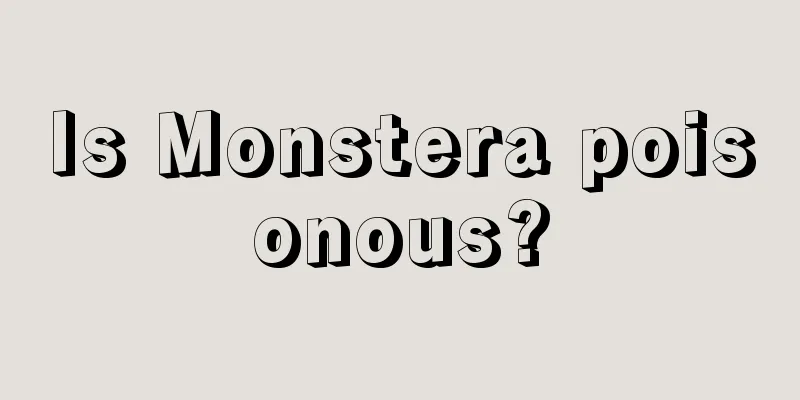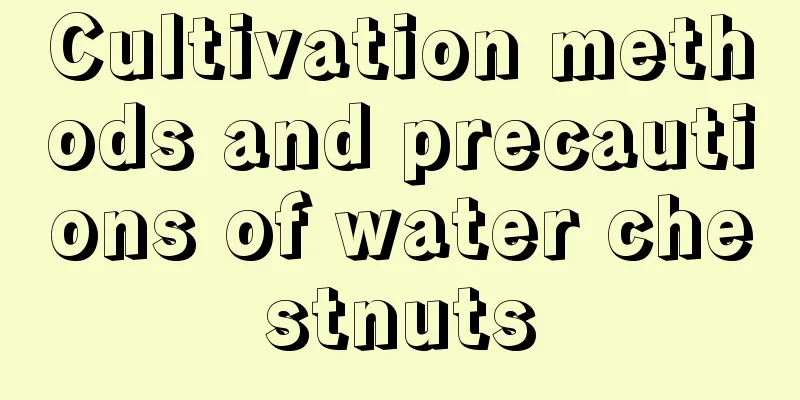Is Monstera poisonous?

1. ToxicIt is poisonous. Moreover, it is one of the poisonous plants included in a special database. Its poison is mainly found in its sap, mainly the liquid in the stems and leaves. In addition, its fruit is also somewhat poisonous. In addition, friends who have raised it should know that its leaves sometimes drip water droplets, which are also poisonous. However, overall its toxicity is not particularly strong, only mild. Therefore, as long as you pay more attention, there will be no risk. 2. Can be raised at homeIt can be kept at home. Because it does not volatilize toxic substances. Not only that, it can also absorb some harmful gases. Therefore, there is no problem in simply placing it indoors as an ornamental plant. 3. NotesAlthough it can be viewed indoors, safety issues still need to be addressed due to its toxicity. If there are children or small pets at home, it is best to place it out of their reach. When friends and relatives come to visit, be sure to inform them of its toxicity and take protective measures in advance. It is an ornamental plant in itself. As long as you pay more attention, it will not cause harm, so don't worry too much about its toxicity. |
>>: What is the flower language of osmanthus?
Recommend
How to prune Mirabilis jalapa
When to prune Mirabilis jalapa Mirabilis jalapa n...
Can pregnant women drink honeysuckle? Can pregnant women drink honeysuckle?
1. Can pregnant women drink honeysuckle? Pregnant...
What to do if passion fruit is watered too much
1. Remove from the basin The first thing to do af...
The role and use of microbial fertilizer
With the development of modern agricultural techn...
Can pregnant women eat mangosteen? What are the benefits of eating mangosteen?
1. Can pregnant women eat it? Pregnant women are ...
Is it possible to grow vegetables on the roof of a self-built house in the countryside (can I directly spread soil on the roof to grow vegetables)
Growing vegetables on the roof is not only conven...
Time and method of changing soil for purple root orchid
Time to change the soil for purple orchid Purple ...
If you grow green radish and asparagus fern like this, it will be hard to turn it yellow!
How to avoid yellowing leaves of money tree? (Pho...
If the leaves of the "copper coin grass" wilt, you might as well add some "ingredients" to the water to make it grow lush and bring wealth.
Can't you see that you are laughing here? Do ...
The difference between rose and rose
1. The number of flowers on the branches is diffe...
Cutting method of fragrant wood
The fragrant wood can be propagated by cuttings. ...
When and in what season are tomatoes planted?
Tomatoes generally prefer a warm environment, wit...
When is the best time to plant bamboo?
The timing of bamboo planting needs to be determi...
The difference between Chlorophytum comosum and White Tradescantia
1. Plant Differences The stem of the Chlorophytum...
How to deal with cattail peanut aphids
Symptoms of calceolus aphid disease The aphid dis...









